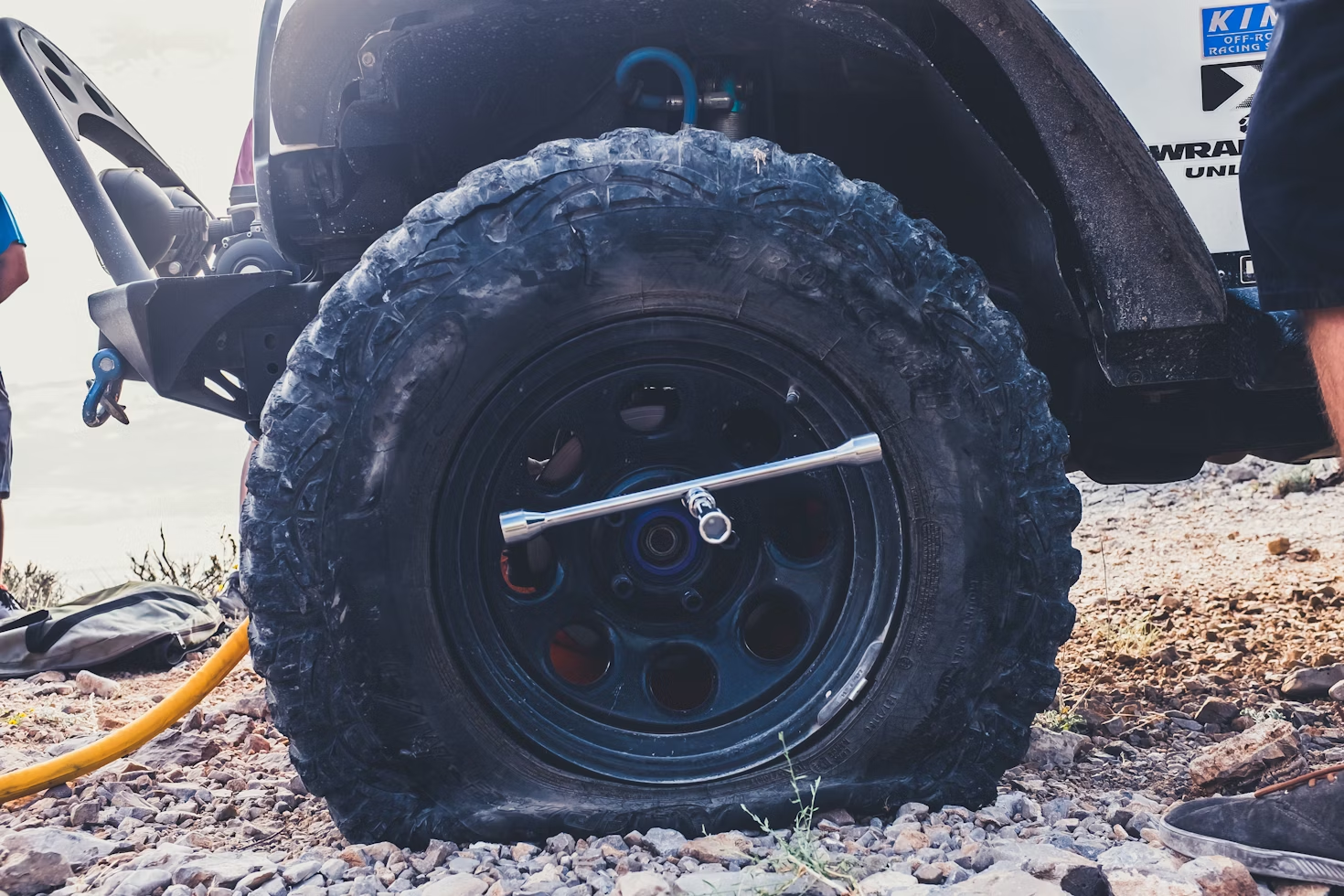
A tyre blowout is one of the most frightening scenarios a driver can face. It happens when a tyre rapidly loses air pressure, causing the vehicle to become difficult to control.
Blowouts are not only dangerous but can also lead to costly repairs and replacements. Understanding the common causes and prevention methods can help you stay safe on the road.
For drivers in busy urban areas, services like Mobile Tyre London provide a convenient solution to maintain tyre safety, ensuring regular checks and replacements are hassle-free.
Common Causes of Tyre Blowouts
1. Underinflated Tyres
Tyres that lack sufficient air pressure create more friction as they come into contact with the road. This excess heat can weaken the tyre’s structure, increasing the risk of a blowout.
2. Overloading Your Vehicle
Exceeding the weight limit specified for your vehicle puts extra strain on the tyres. Overloading can compromise their ability to handle the pressure, making them more likely to fail.
3. Poor Tyre Maintenance
Worn-out tyres with low tread depth are more vulnerable to punctures and blowouts. Ignoring tyre maintenance can also hide underlying issues such as sidewall damage or internal wear.
4. Road Hazards
Sharp objects, potholes, or debris can cause sudden damage to your tyres. While some minor punctures can be repaired, extensive damage often results in a blowout.
5. Extreme Temperatures
Hot weather can cause tyres to expand, leading to a higher risk of blowouts, especially if they’re already underinflated. On the other hand, cold weather can reduce tyre pressure, making them more susceptible to damage.
How to Prevent Tyre Blowouts
1. Regular Pressure Checks
Maintaining the recommended tyre pressure is one of the easiest ways to prevent a blowout. Check your tyre pressure at least once a month and before long journeys.
2. Inspect Tyres Frequently
Look for visible signs of wear and tear, such as cracks, bulges, or uneven tread wear. These could indicate underlying issues that need attention.
3. Replace Old Tyres
Tyres lose their durability over time, even if they appear fine on the surface. Most manufacturers recommend replacing tyres every 5-6 years to ensure safety.
4. Avoid Overloading
Always check your vehicle’s weight capacity and avoid exceeding it. Carrying only the essentials can make a significant difference in reducing tyre stress.
5. Drive Carefully
Avoid sharp turns, sudden braking, and high speeds, especially when navigating roads with hazards like potholes or debris. Defensive driving minimizes the strain on your tyres.
6. Seek Professional Help
If you suspect any issues with your tyres, consult professionals immediately. Services like Mobile Tyre London are excellent for ensuring your tyres are in top condition without the need for a garage visit.
What to Do During a Blowout
If you experience a blowout while driving, it’s essential to stay calm. Follow these steps:
- Maintain Control: Firmly grip the steering wheel and avoid abrupt movements.
- Slow Down Gradually: Let off the accelerator and gently apply the brakes to reduce speed.
- Pull Over Safely: Move to the side of the road or a safe location to inspect the damage.
- Call for Assistance: Contact a tyre specialist to replace or repair the damaged tyre.
Conclusion
Tyre blowouts can often be avoided with proper maintenance and care. Regularly checking tyre pressure, avoiding overloading, and being cautious on the road are simple steps that can significantly reduce the risk. Additionally, opting for professional services like Mobile Tyre London ensures your tyres are always in optimal condition, offering peace of mind and safety.
By prioritizing tyre health, you can enjoy smoother and safer journeys, no matter where the road takes you.